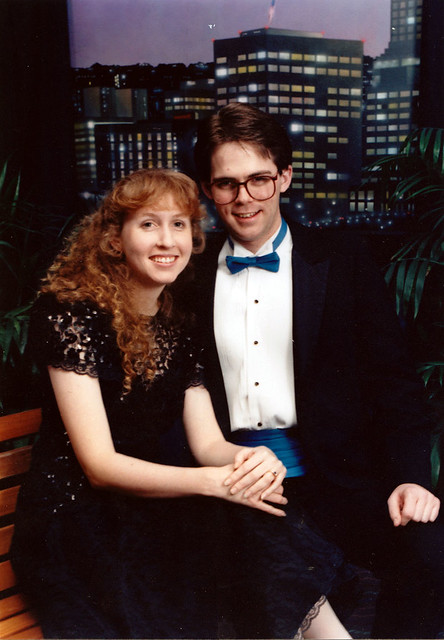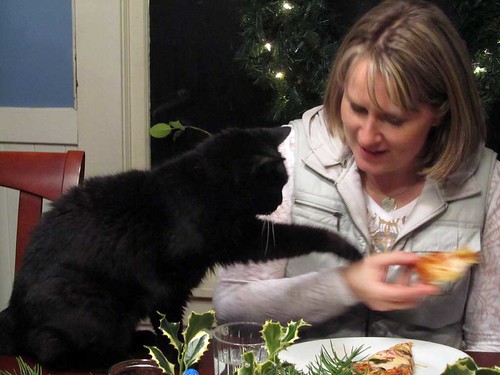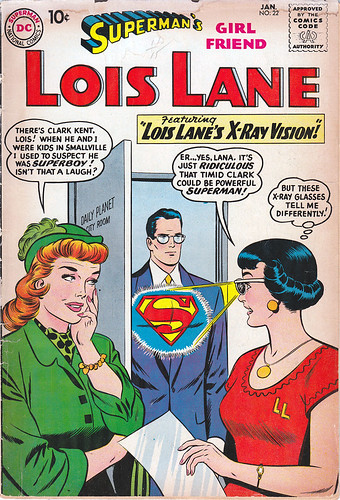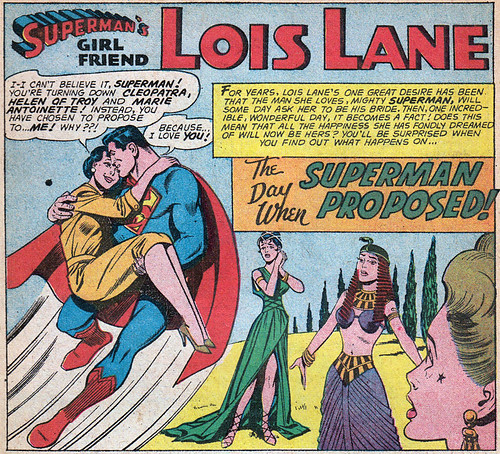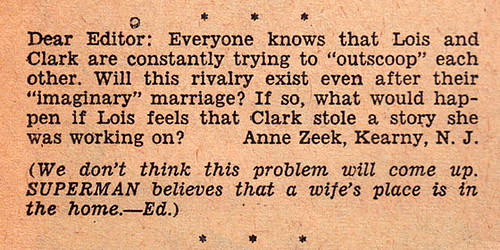When Kris and I were in Venice in late September, I had the best run of my life. On the morning we left, I woke early to run through the dark and empty cobblestone streets, over bridges and through narrow alleys. It was awesome. That run also rekindled my love for the activity.
Running is one of those things that I usually hate. But I only hate running because it’s tough to do when I’m overweight. When I’m heavy, running is difficult — and often leads to injury. I’ve learned that when I’m lighter, running can actually be a lot of fun, and it’s a very efficient way to burn calories.
Re-Run
Since returning from Europe, I’ve been running again, gradually increasing my weekly distance with advice from Pam. Currently:
- I do hill repeats on Tuesday. These are short, quick runs up steep hills.
- I do 400 meter intervals on Thursday. These are quick runs on flat ground (or a treadmill at a 1-degree incline).
- I do a long, slow run on Sunday. This run is at pace between 10 and 12 minutes per mile.
I had a tough time running last week because of the rain and then the cold. I psyched myself out. After doing hill repeats in the rain (with Paul J) on Tuesday, I skipped Thursday’s scheduled interval training completely. So, on Sunday, I decided to mix speedwork with my long, slow run. I ran 2.75 miles to the Rex Putnam High School track, walked a quarter mile, did a one-mile time trial, walked a quarter mile, then ran home.
My total run was 7.00 miles in 1:10:12.96, for an average pace of 10:02 per mile. That’s right at the fast edge of what I’ll allow myself for the Sunday slow run. (My average heart rate for the run was 160bpm, which is lower than my heart rate was for the 12-14 mile runs at 13-minute pace in 2008 and 2009.)
The highlight of the day was my one-mile time trial. This was a chance for me to run all out, to see how fast I can really go — a chance to see if my training over the past two months has paid off.
November Time Trial
This is my second time trial of the year. On 16 November 2010, I ventured up to the track at Duniway Park, where I ran one mile as fast as I could. Six weeks ago, I ran four laps in 6:47.12. My splits were:
- Lap #1: 1:34.97
- Lap #2: 1:43.20 (3:18.17)
- Lap #3: 1:48.13 (5:06.30)
- Lap #4: 1:40.82 (6:47.12)
My average heart rate for this run was 187bpm and my max was 197bpm.
January Time Trial
I did Sunday’s time trial at the Rex Putnam track, dodging soccer balls (I had to hop over balls three times during the run!) from a practicing group. It was pretty damn cold, and I’d run almost three miles to get to the track, so when it came time to actually run my mile, everything felt off. I felt slow. In fact, the last two laps felt slug-like, as if I were only jogging. But in the end, the stopwatch showed me at 6:24.24.
Note: Normally when I run, I obsess over my GPS watch. I check it constantly to see my pace, my overall distance, and so on. But when I do these time trials, I intentionally ignore both it and my stopwatch. I refuse to look at them. Every time I complete a lap, I press the lap button on the stopwatch, but otherwise I don’t look at my time until I’m finished.
My splits were:
- Lap #1: 1:30.12
- Lap #2: 1:35.91 (3:06.03)
- Lap #3: 1:39.95 (4:45.98)
- Lap #4: 1:38.26 (6:24.24)
I was shocked to see that I finished nearly 23 seconds faster than in November. My average heart rate at was slightly lower at 185bpm, and my max heart rate was 192bpm.
Though my splits are still uneven (Pam says that I should be striving to get those as close to each other as possible), I’m pleased that my training seems to be paying off. I am getting faster.
I’ll do my next time trial the day before we leave for Africa. And in about two weeks, I’ll do my interval training at a track so that I can time a fast 400 meters.
Ah, J.D. has to love any sport that produces copious stats to track…

